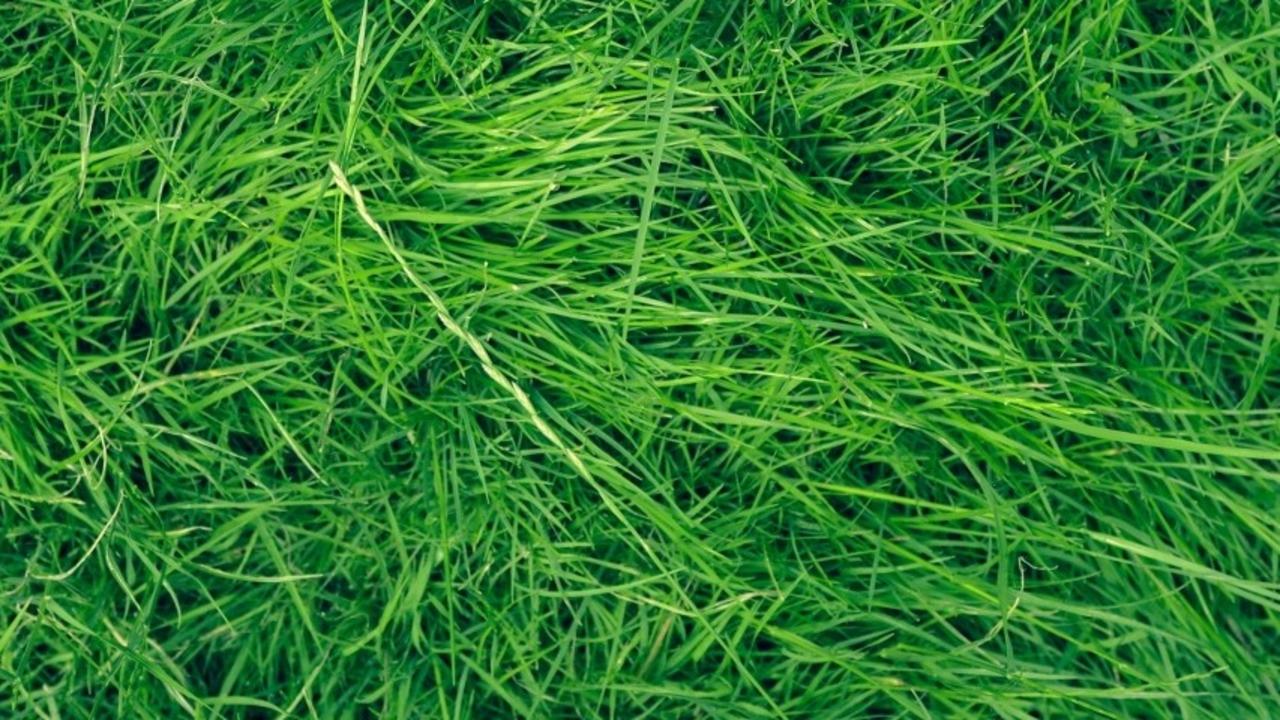Low Maintenance Fruit Trees You Should Have In Your Yard

Low-maintenance Fruit Trees You Should Have in Your Yard
There are several reasons you should consider growing your own fruit trees. To start with, fruit bought from the store often travels several hundred miles to get to your kitchen table. The travel time can take days. The nutrition and the freshness often suffer with these non-local fruits.
Second, stores usually stock fruit types that look the prettiest, however, they do not really taste that good. I think we all know the taste of that freshly picked plum or peach from grandma's backyard.
Lastly, a few fruits, for example, plums and peaches, make remarkable great aesthetically please landscaping plants and add to the overall appeal of your yard/garden.
By planting your own fruit trees, you get fresh fruits every year and have access to nutrition year around. Here are some low-maintenance and easy-to-grow fruit trees for your yard.

1. Plum
Plums are a great addition to home gardens because of their minimal size and simp...
5 Beautiful Southern California Drought Tolerant Grasses

These five, beautiful Southern California lawn alternatives will save you water
Replacing your existing lawn with a drought tolerant alternative is an increasingly popular and effective way to cut down on water usage. Lawns can be more than just nice, relaxing place to enjoy a cup of tea, host a party, or play with our kids. They can also help contribute to reduced water, fertilizer and pesticide needs, while helping capture atmospheric carbon and store it in the soil!
What you choose to do with your yard can have a positive effect on your community, your planet and the plants and animals you share it with.
Before replacing your lawn, take a moment to consider what lawn alternatives are best for you and your family. While gravel and artificial turf replacements are great for decreasing water usage in theory, they fail to keep the soil fertile and living which means less water is allowed to infiltrate the soil and replenish aquifers. Many native, low water plant options benefit the e...
10 Wonderful Drought Tolerant Plants for San Diego Landscapes

With its beautiful weather, the San Diego area is ripe for beautiful drought tolerant landscape designs.
Characteristics of Drought Tolerant Plants
San Diego County's biome is California Chaparral. From mini-mountainous peaks and down eleven west-ward draining watersheds, our county boasts of micro-climates and plant groupings with unique characteristics. Some micro-climates you may encounter or live in are: Oak Savanna, Sycamore and Willow Riparian Corridors, Chaparral, Coastal Sage, Mountains, and Desert.
Depending on where your home or land is sited within these micro-climates will determine which varieties will thrive best. Adaptive traits drought tolerant plants sometimes exhibit are: waxy or glossy leaves, water storing leaves or tissues, serrated leaf margins, silver or light reflecting color, and the ability to solar track or reduce UV overexposure.
Explore the Water Conservation Garden near Cuyamaca College to see an excellent exhibit showcasing water wise and drought to...
